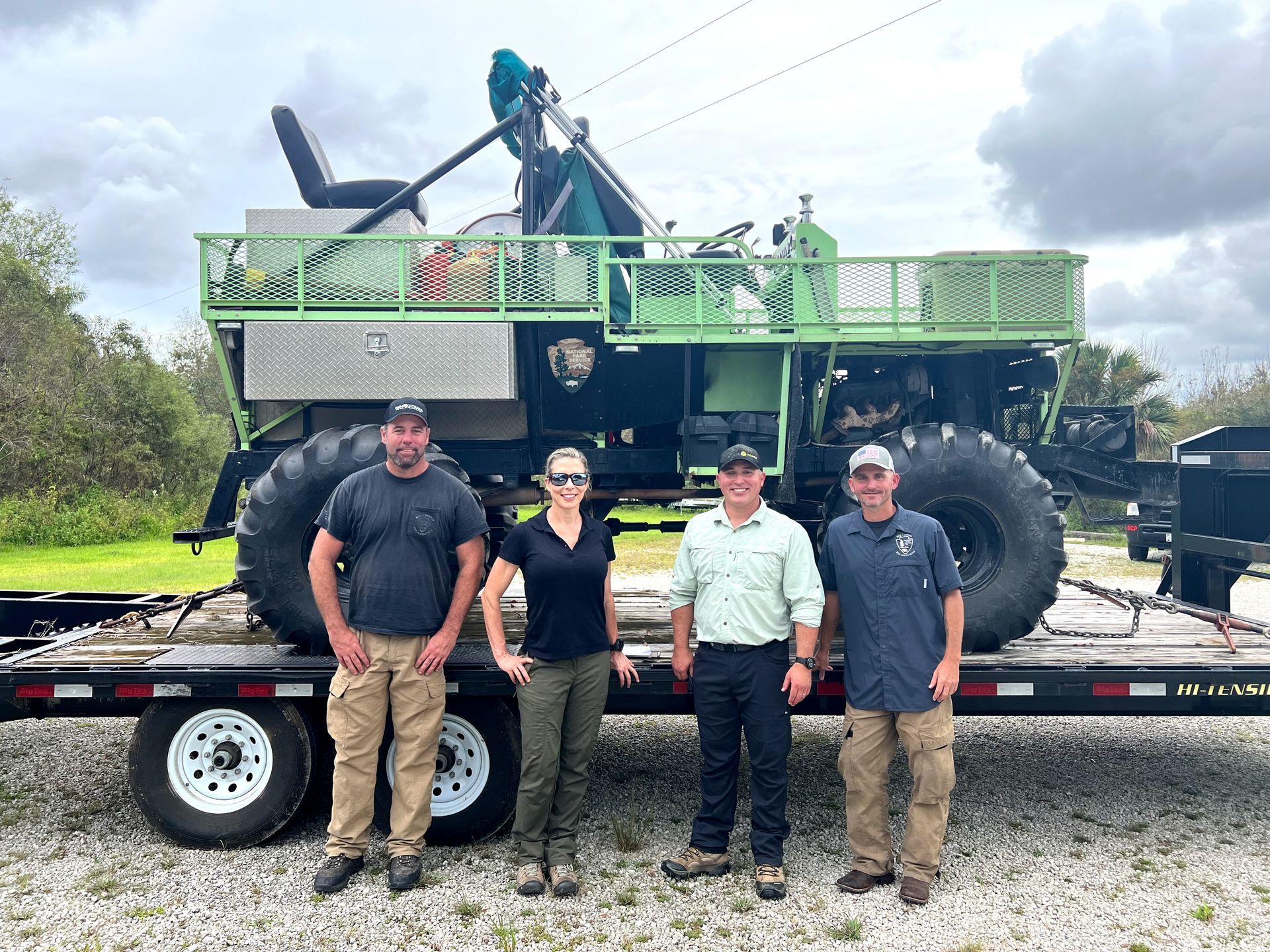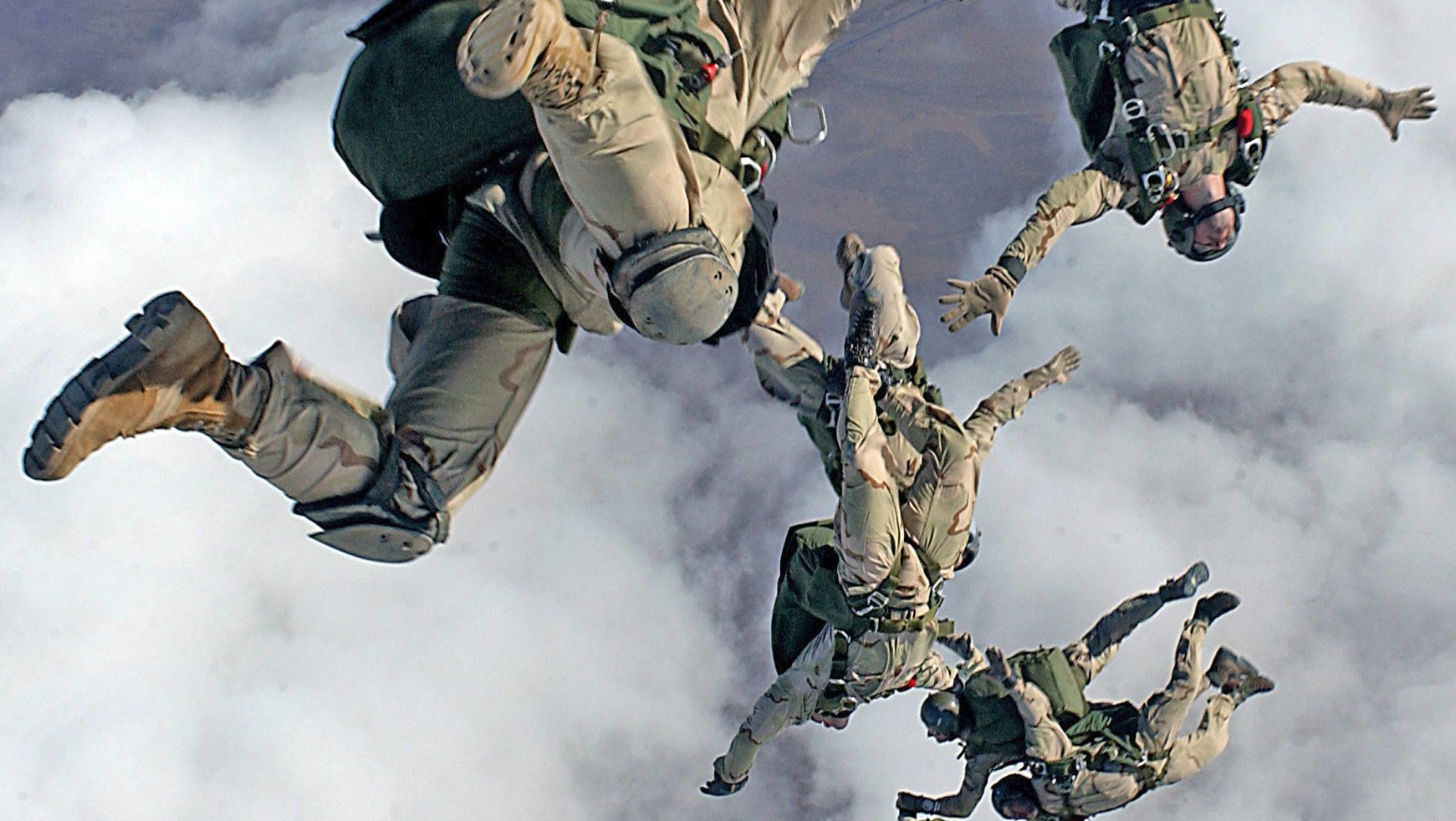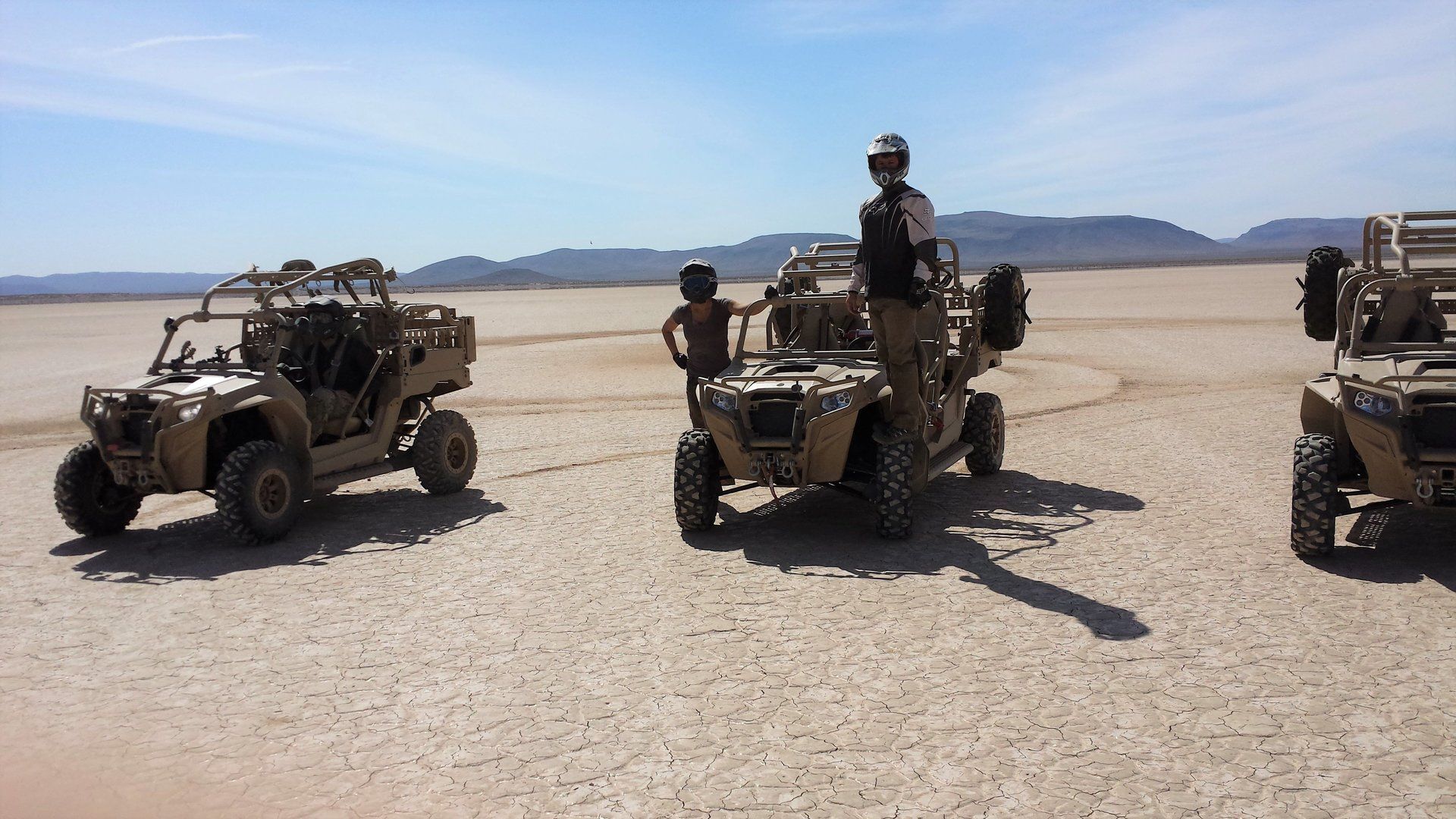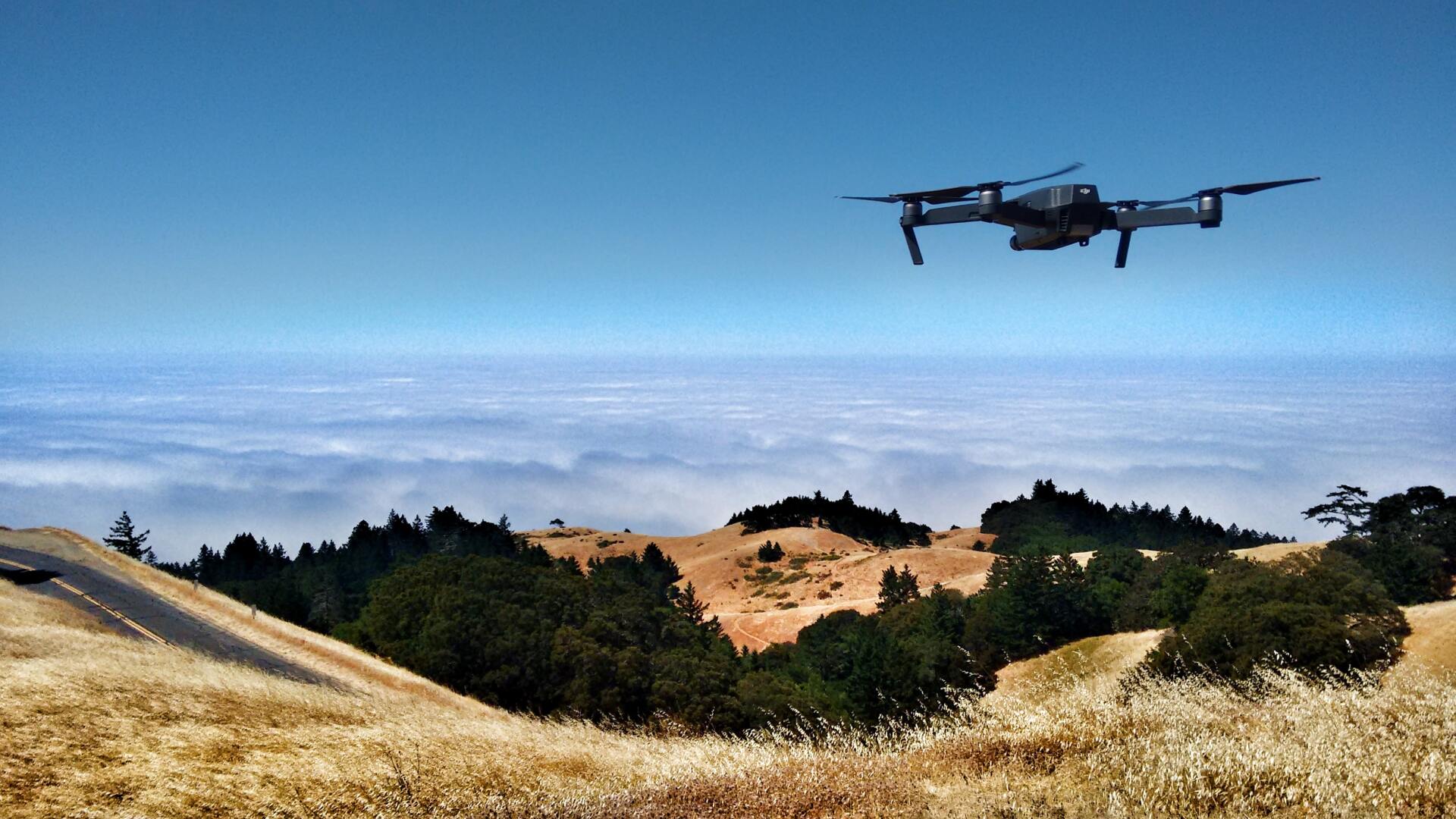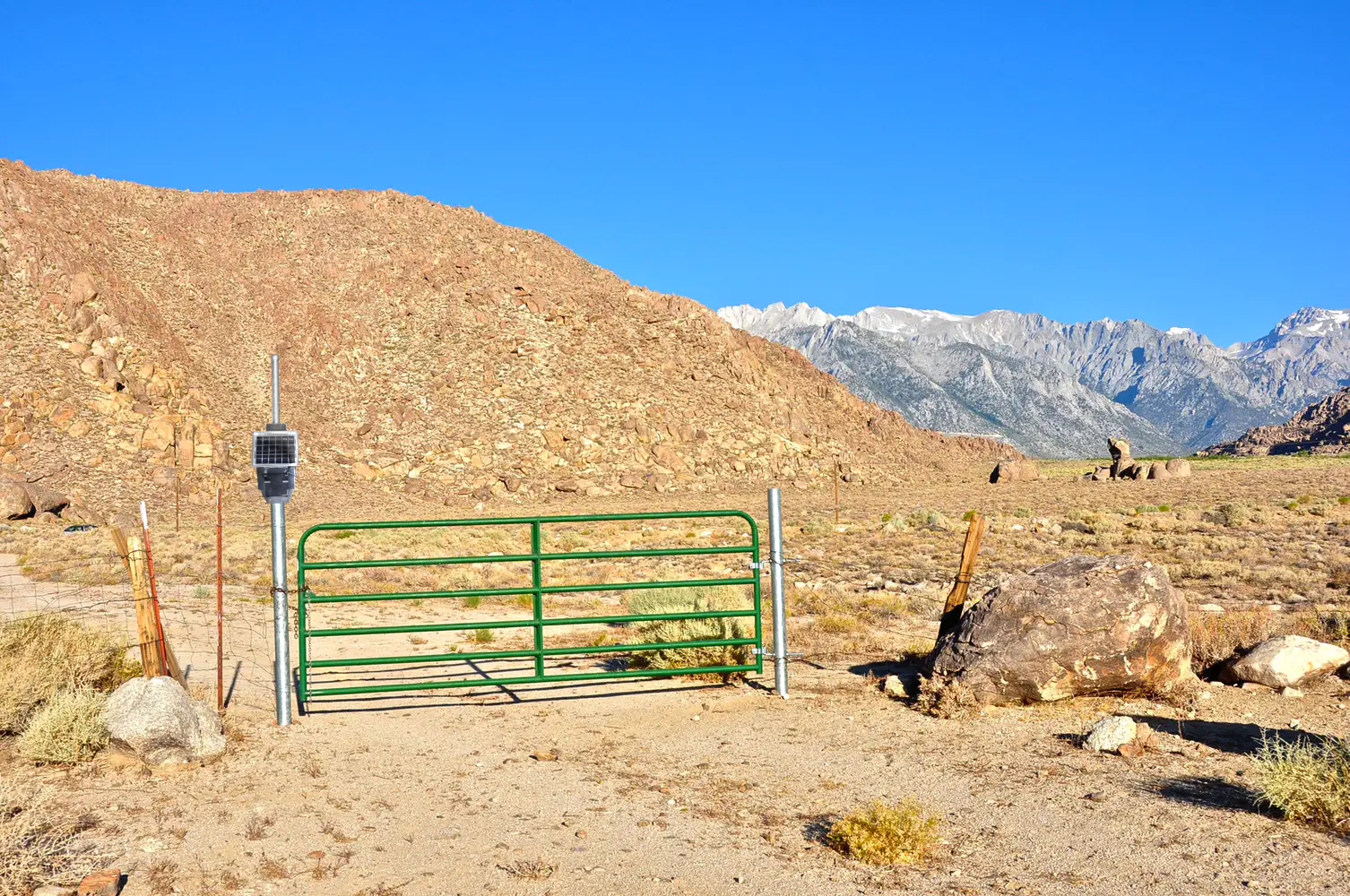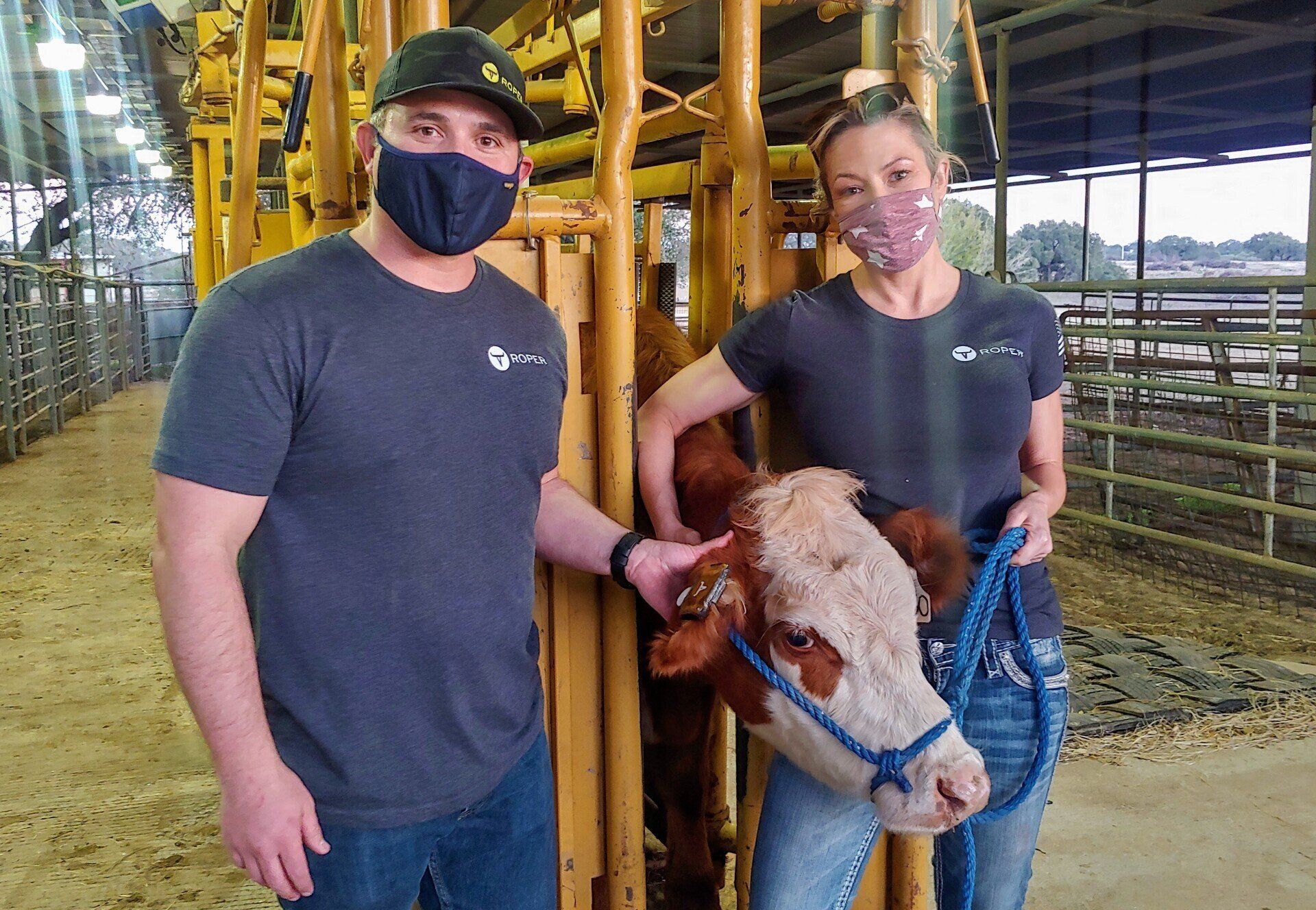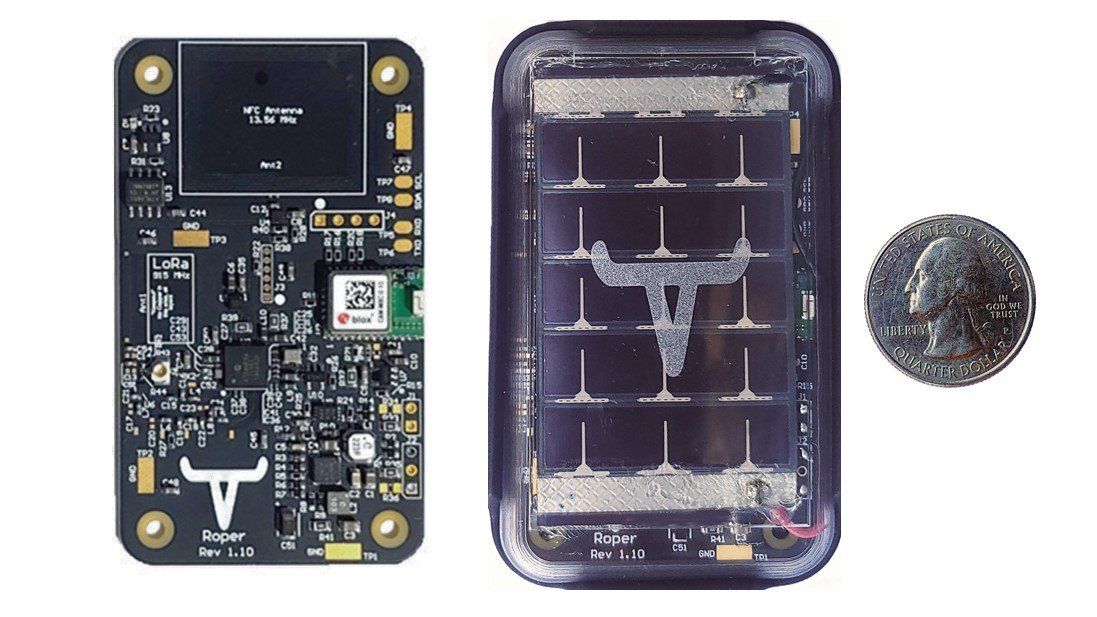Helping Investors Make Data-Driven Decisions with Technical Due Diligence

Startup investing is a risky business, particularly for family offices and angel investors who may lack the resources of institutional investors. For every Theranos in the headlines, there are thousands of smaller deals that also go terribly wrong. The valuations might be less, but the impact is just as severe to the investors involved.
Smart investments in technology startups demand technical due diligence, regardless of the investment size. Some investors try to mitigate risks by making many smaller investments. While diversification is a good way to manage risk, it doesn't overcome inherently flawed or limited technical approaches.
With our technical due diligence reports, we help investors fully understand what they are buying—before they buy it.
"All investments are important. Many angel investors and family offices are savvy with financials and the market sector, but then they put faith in the technology," explained Roper COO, Dana De Coster. "Confusing a startup's confidence with competence is foolhardy when it comes to technology and engineering. They may not know what they don't know. They may not be aware of the challenges and limitations of their technical approach."
"The smart investor decision is to set aside a small fraction of an investment amount for technical due diligence," continued Dana. "We can quickly and effectively mitigate risk with a Roper Technical Due Diligence Report. This empowers the investor to build a high-quality portfolio where all their companies have a sound technical approach and radically improve their financial outcomes."
At Roper, we understand that family offices and angel investors are creating a personal legacy to provide for their families, now and in the future. Helping people grow an investment portfolio with a strong technical foundation is something we are truly passionate about.
Our deep expertise in building and applying automation, sensors, robotics, artificial intelligence, machine learning and camera vision is essential given the high level of investor interest in these valuable and important technologies. It is rewarding to know that our expertise will help people make smart, evidence-based decisions for themselves and their loved ones.
What to expect with a Roper Technical Due Diligence Report.
Our technical due diligence assesses five key areas: Fit, Team, Documentation, Operational, and Intellectual Property. We provide a final written report with a letter score—A, B, C, D or F—for each assessment area. This empowers the investor to make an informed decision based on their own appetite for risk. We adhere to strict confidentiality for all our clients and assessed companies, and respect individual choices to withhold detailed technical information.
1. Fit Assessment. Is the technical approach a good way to provide the company's product or service? How mature is the technology and how does it stack up against competing technologies? What are the strengths, weaknesses, opportunities, and threats (SWOT) to the technical approach? Fit Assessment includes assessment of technology research, development, testing and evaluation that the target company has conducted.
2. Team Assessment. Is the team well-suited for the technology that they are working on? Do they have the necessary skills and vision to execute their plan? How have they responded to criticism and setbacks in the past? Will they be able to overcome inevitable challenges and setbacks in the future?
3. Documentation Assessment. This includes plans, roadmaps, designs, and baselines. How are requirements being managed, verified, validated, and tested? Does the documentation support building product at scale to a defined and controlled specification? What processes are in place for quality assurance, quality control and configuration management? Are interfaces and integrations identified and properly managed? Does the technology roadmap fit with the product roadmap and financial roadmap?
4. Operational Assessment. What does workflow look like? How are decisions made, documented, and controlled? Is there resiliency in decision-making or are there critical points of failure? Are teams productive and motivated?
5. Intellectual Property Assessment.
Do patented or copyrighted materials reflect the actual product being built or service provided? Does their intellectual property support diversification into other products or services? Does their IP have the potential to revolutionize a market sector? Is the target company taking a layered approach to protecting their intellectual property?
Technical due diligence isn’t just important for investors looking to build lasting wealth. An honest and expert third-party assessment is very helpful to the target company. “Our feedback can be critical to a target company's success,” explained Dana. “We want everyone to succeed.”
Interested in learning how Roper can help you invest wisely?
Give us a call
or
send us an email
today to get started. The process doesn’t take long and it is an essential step to making sound investment decisions and building lasting wealth and legacy.
